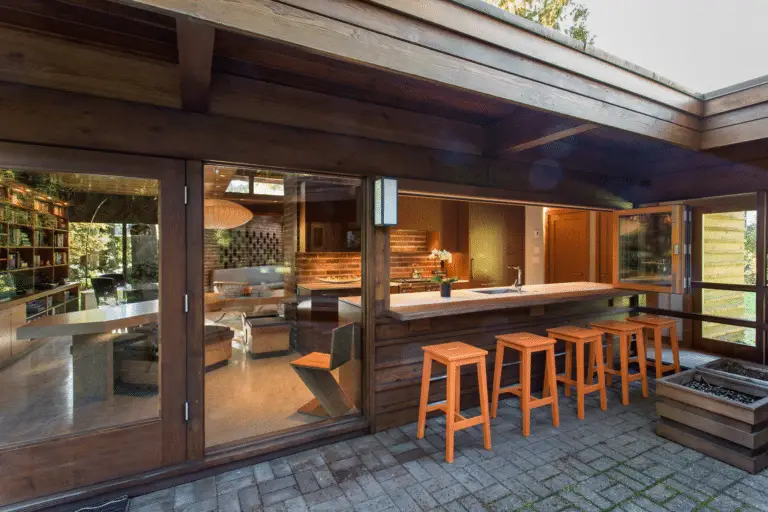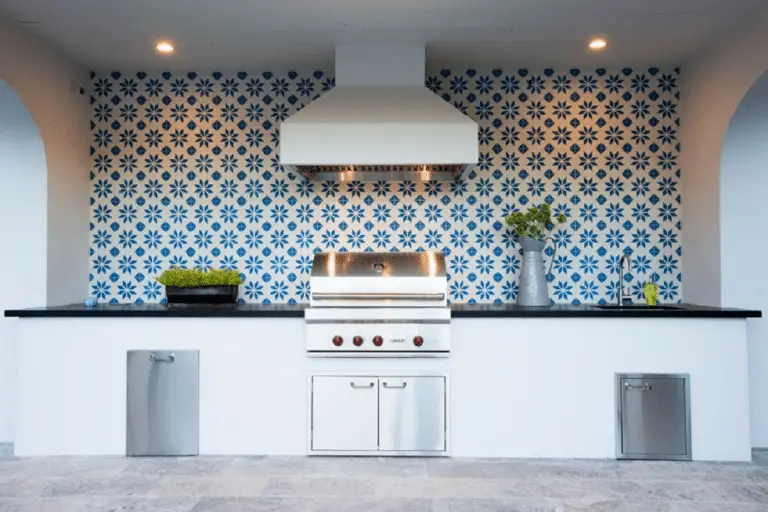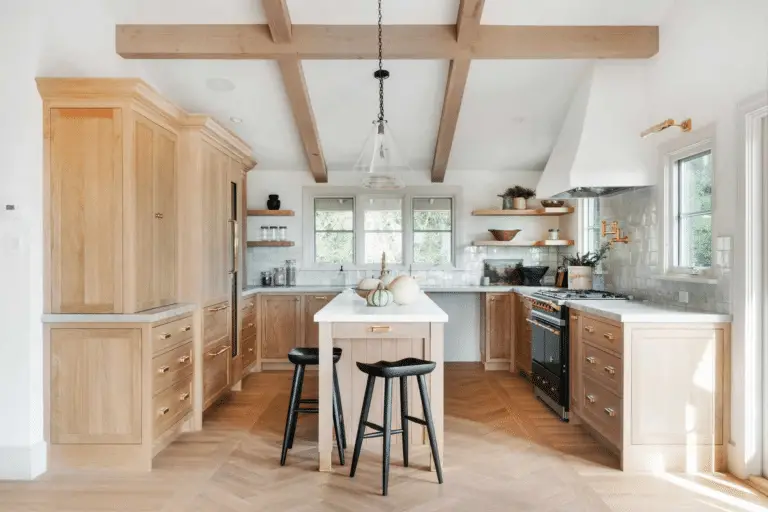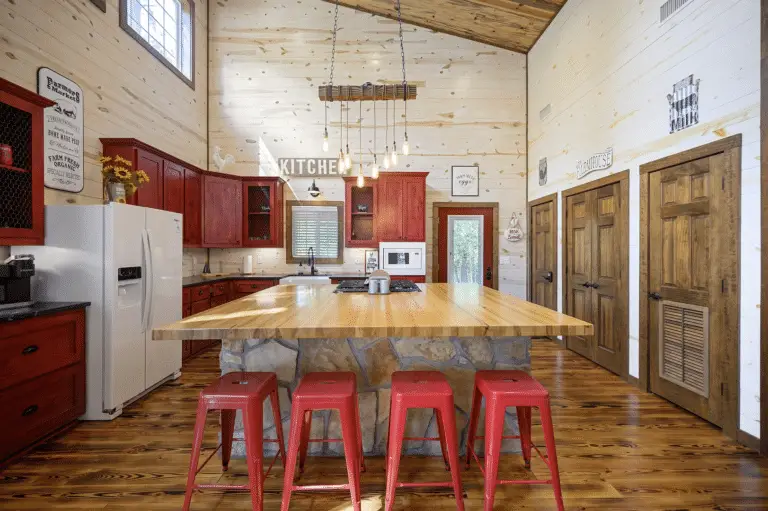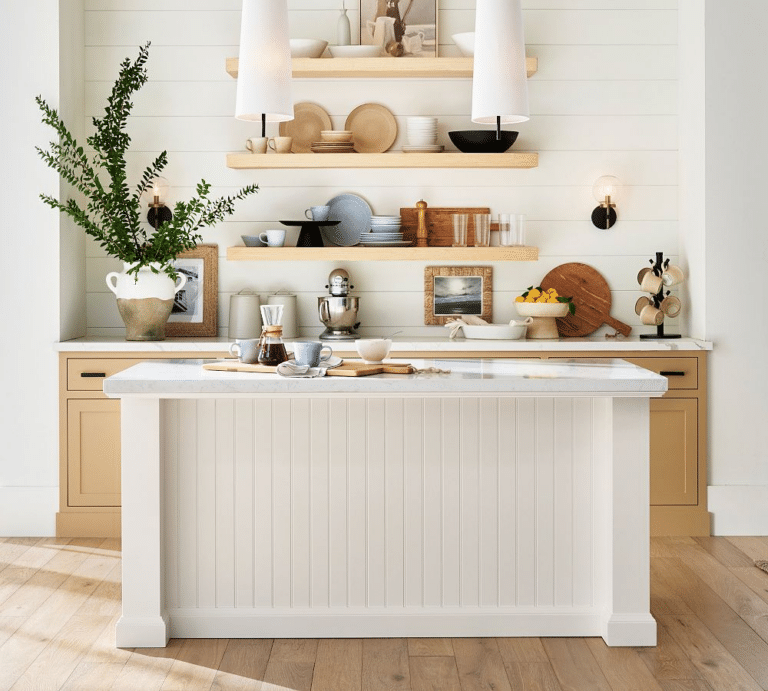Hey there! Planning to upgrade your outdoor kitchen? Choosing the right weather-resistant materials is key! From top options for backsplashes to installation and maintenance tips, this blog post has got you covered.
Discover the pros and cons of each material and get expert advice on making the right choice for your outdoor space. Don’t miss out on this valuable information on weather-resistant backsplash materials for outdoor kitchens!
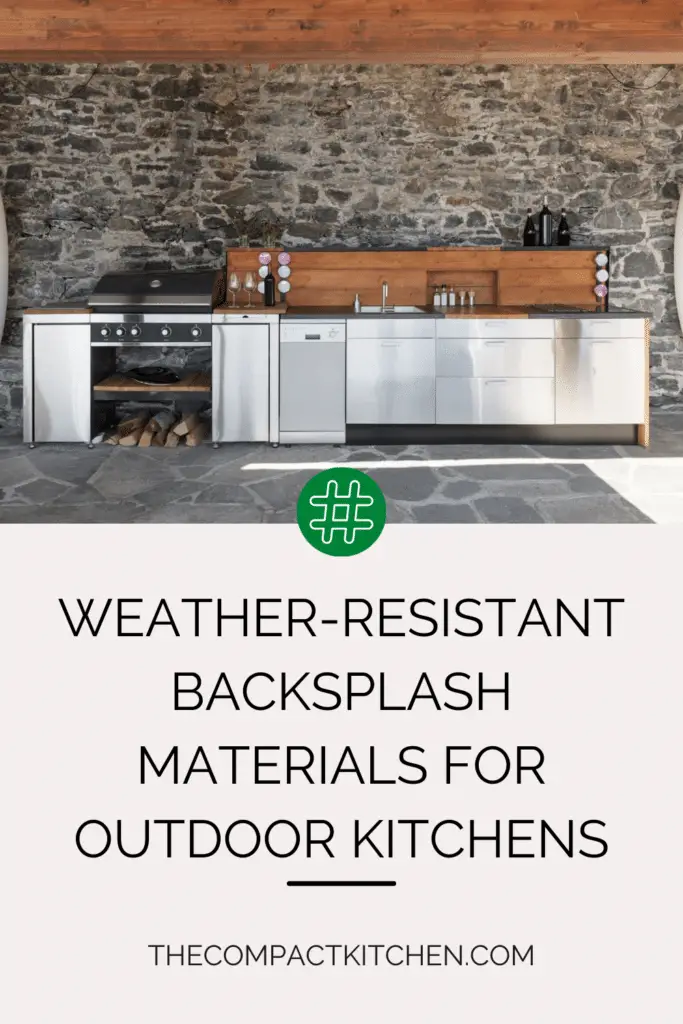
Introduction: Assessing Outdoor Kitchen Needs
When it comes to creating the perfect outdoor kitchen, there are a lot of factors to consider. From the layout and design to the appliances and accessories, every decision plays a crucial role in the functionality and aesthetics of your outdoor cooking space. One of the key aspects that often gets overlooked is the choice of backsplash materials.

Outdoor kitchens are exposed to the elements, which means that the materials used need to be able to withstand harsh weather conditions. This is where weather-resistant backsplash materials come into play. By choosing the right materials for your outdoor kitchen, you can ensure that your backsplash not only looks great but also stands the test of time.
Key Takeaways:
- Outdoor kitchens require careful consideration when it comes to selecting materials.
- Weather-resistant materials are essential for outdoor kitchen backsplashes.
Top Weather-Resistant Backsplash Materials
When it comes to designing your outdoor kitchen, one of the most crucial decisions you’ll need to make is choosing the right materials for your backsplash. Your outdoor kitchen will be exposed to the elements, so it’s essential to select materials that can withstand outdoor usage. Here are some of the top weather-resistant backsplash materials to consider:
1. Stainless Steel

Stainless steel is a popular choice for outdoor kitchen backsplashes due to its durability and weather resistance. This material is easy to clean and maintain, making it a practical option for outdoor use. It also offers a sleek and modern look that can enhance the overall aesthetic of your outdoor kitchen.
2. Stone

Natural stone, such as granite or slate, is another excellent choice for outdoor kitchen backsplashes. Stone is incredibly durable and can withstand the elements with ease. It adds a touch of elegance and sophistication to your outdoor space, making it a popular option for homeowners looking to create a high-end outdoor kitchen.
3. Porcelain Tile

Porcelain tile is a versatile and weather-resistant option for outdoor kitchen backsplashes. It comes in a wide range of colors, patterns, and textures, allowing you to customize your outdoor kitchen to suit your preferences. Porcelain tile is easy to clean and maintain, making it a practical choice for outdoor use.
Each of these materials has its own unique benefits and reasons for being suitable for outdoor usage. When selecting a material for your outdoor kitchen backsplash, consider factors such as durability, maintenance requirements, and aesthetic appeal. By choosing the right weather-resistant material, you can ensure that your outdoor kitchen looks great and functions well for years to come.
Pros and Cons of Each Backsplash Material
Now that we have discussed the top weather-resistant materials for outdoor kitchen backsplashes, let’s delve into the pros and cons of each option. It’s essential to weigh these factors carefully to make an informed decision that aligns with your needs and preferences.
1. Tile Backsplash

One of the most popular choices for outdoor kitchen backsplashes is tile. The primary advantage of tile backsplashes is their versatility in design, allowing for endless possibilities to match your outdoor kitchen’s aesthetic. Additionally, tiles are relatively easy to clean and maintain, making them a practical option for busy outdoor spaces.
However, it is important to note that tile can be prone to cracking or chipping, especially in extreme weather conditions. Careful installation and regular inspections are necessary to prevent these issues and ensure the longevity of your tile backsplash.
2. Stainless Steel Backsplash
Stainless steel backsplashes are a sleek and modern choice for outdoor kitchens. They are highly durable, resistant to corrosion, and easy to clean, making them a practical option for outdoor use. Stainless steel also offers a reflective surface that can help brighten up your outdoor kitchen area.

On the downside, stainless steel backsplashes can show fingerprints and water spots easily, requiring frequent cleaning to maintain their appearance. Additionally, they may be more susceptible to scratching, which can detract from their sleek look over time.
3. Natural Stone Backsplash
Natural stone backsplashes, such as granite or marble, add a touch of elegance to outdoor kitchens. These materials are incredibly durable and can withstand outdoor elements well. They also offer unique veining and patterns that add character to your outdoor space.

However, natural stone backsplashes require regular sealing to maintain their appearance and prevent staining. They can also be more susceptible to scratching or etching, so caution is advised when using acidic substances near these materials.
By understanding the pros and cons of each weather-resistant backsplash material, you can make an informed decision that meets your outdoor kitchen needs. Consider your priorities for durability, maintenance, and aesthetic appeal to select the best option for your outdoor space.
Installation and Maintenance of Weather-Resistant Backsplash

When it comes to creating a weather-resistant backsplash for your outdoor kitchen, the installation process and ongoing maintenance are key factors to consider. Each type of material has its own intricacies when it comes to installation, as well as specific maintenance requirements to ensure durability and appearance over time.
Installation Process
One of the first steps in the installation process is to properly prepare the surface where the backsplash will be placed. This may involve cleaning and priming the area to ensure proper adhesion of the chosen material. Depending on the material, the installation process may require specific tools and techniques to achieve the desired look and functionality.
For example, tile backsplashes may involve laying out the design pattern, cutting tiles to fit around obstacles, and using grout to secure them in place. On the other hand, metal backsplashes may require special mounting brackets or adhesive to affix them to the wall. Understanding the requirements for each material is essential for a successful installation.
Maintenance Requirements
Once your weather-resistant backsplash is installed, it’s important to establish a regular maintenance routine to keep it looking its best. Different materials may have varying maintenance needs, so it’s crucial to follow manufacturer recommendations for cleaning and care.
For example, glass tile backsplashes may require regular wiping with a mild detergent to remove grease and grime, while stainless steel backsplashes can be cleaned with a non-abrasive cleaner to maintain their shine. Proper maintenance not only ensures the longevity of your backsplash but also helps preserve its appearance for years to come.
Takeaways
– Proper installation is essential for the longevity and functionality of your weather-resistant backsplash.
– Understanding the maintenance requirements of your chosen material is key to preserving its appearance over time.
– Following manufacturer recommendations for installation and maintenance can help extend the life of your backsplash.
By taking the time to properly install and maintain your weather-resistant backsplash, you can enjoy a beautiful and durable addition to your outdoor kitchen for years to come.
Conclusion: Making the Right Choice
After exploring the top weather-resistant materials for outdoor kitchen backsplashes, understanding the pros and cons of each material, as well as the installation and maintenance required, it is time to make the right choice for your outdoor kitchen.
Key Takeaways
When choosing weather-resistant materials for your outdoor kitchen backsplash, consider factors such as durability, maintenance, and suitability for outdoor usage. Each material has its own advantages and disadvantages, so it’s important to weigh these carefully before making a decision.

Granite is a popular choice for outdoor kitchen backsplashes due to its durability and resistance to the elements. However, it can be more expensive and may require regular sealing to maintain its appearance. On the other hand, stainless steel is a low-maintenance option that is easy to clean but may show fingerprints and scratches more easily.
Ceramic tiles offer a wide range of design options and are relatively easy to install, but they may crack or chip over time if not properly maintained. Additionally, glass tiles can add a modern and stylish look to your outdoor kitchen, but they may not be as durable as other materials.
Ultimately, the right choice for your outdoor kitchen backsplash will depend on your individual preferences and circumstances. Consider factors such as the overall design of your outdoor space, the amount of maintenance you are willing to commit to, and your budget constraints. By carefully evaluating these factors, you can select the most suitable weather-resistant material for your outdoor kitchen.
Cooking Up a Storm: Choosing the Perfect Outdoor Kitchen Backsplash
In the world of outdoor kitchens, weather-resistant materials are the unsung heroes. From durable stainless steel to stylish porcelain tiles, each material brings its own flair and functionality. Consider your needs, budget, and style to pick the perfect backsplash for your outdoor oasis.
Remember, the right choice can withstand the elements and elevate your cooking experience. So, get ready to spice up your outdoor space with a splash of practicality and panache!



